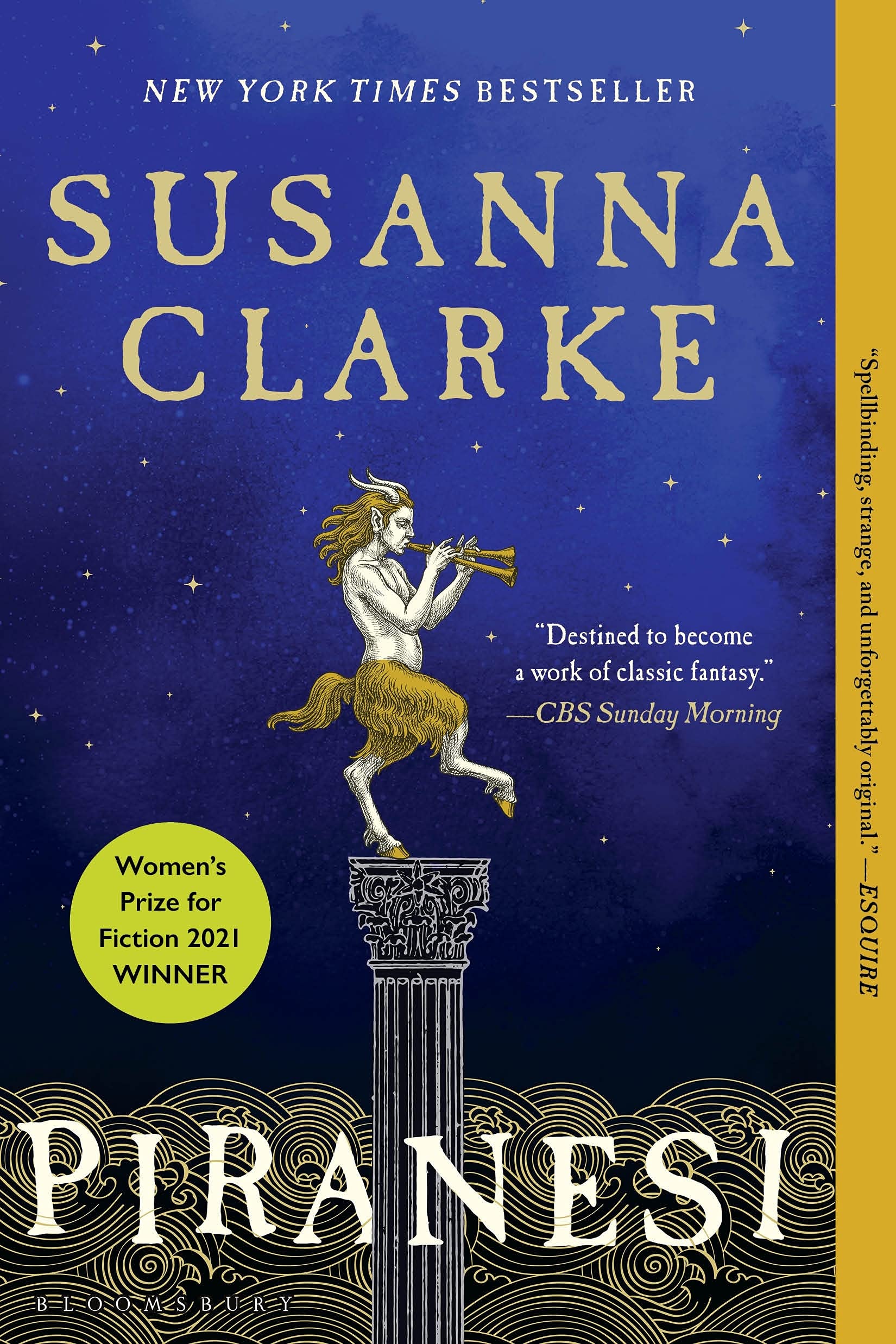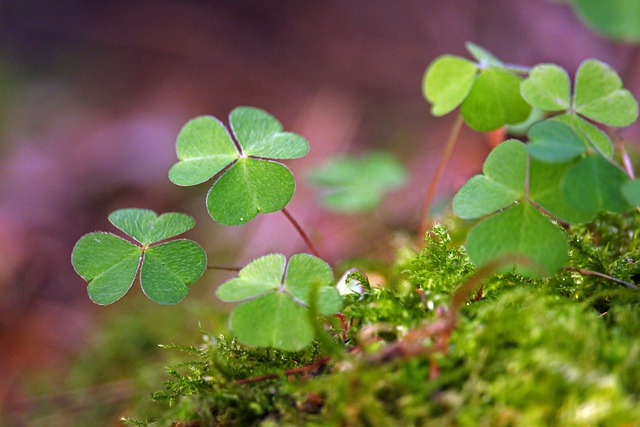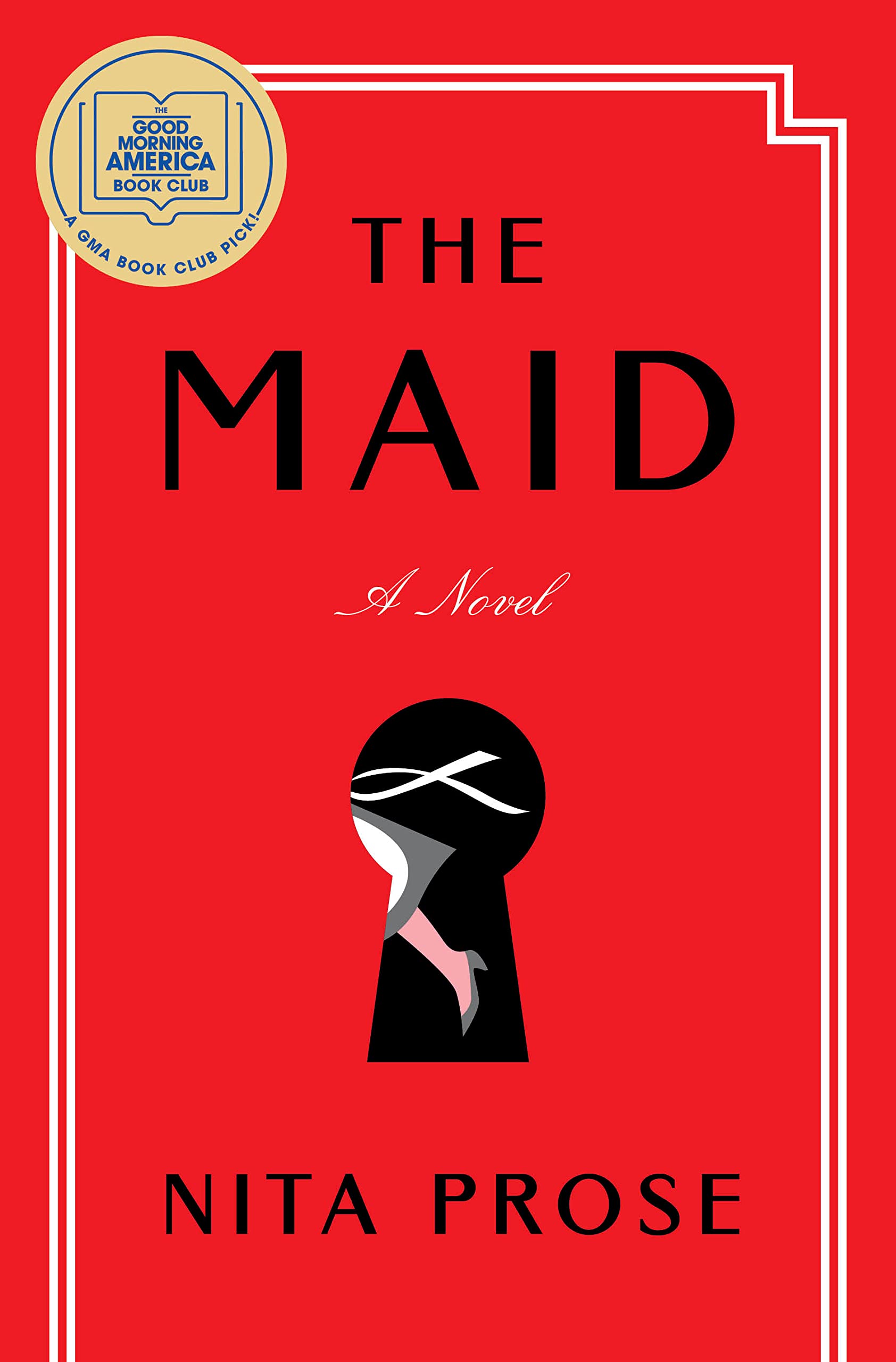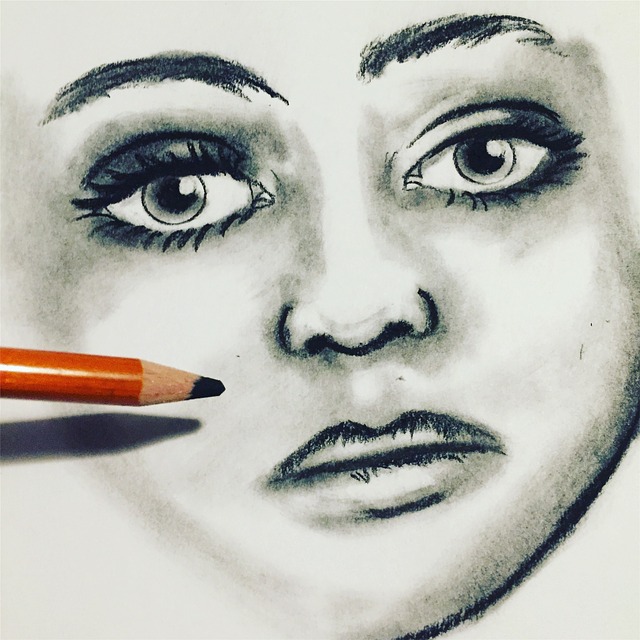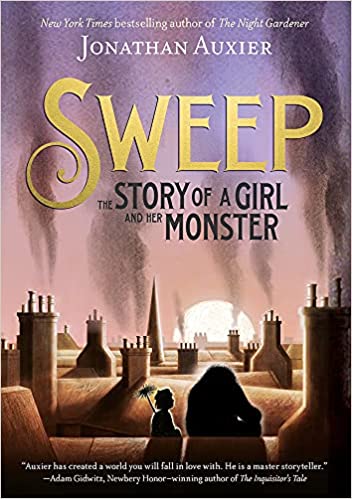
Smoke has barely risen off the scorched earth,
yet I can sense it.
A tremulous green sprout,
shuddering in the hot wind.
I almost feel sorry for the first sign of life
after a controlled burn.
Worried and, at the same time, curious.
I bend down for a closer look.
Paper thin leaves, a wisp of a stalk;
they struggle to wrestle nutrients from ash.
“What happened to you?” I ask,
“better yet, how are you surviving?”
The plant makes no response,
so I pause a moment in contemplation.
Then I hear it.
The small cries of the sprout rise to a roar,
sweeping over me – hot, holy flames
of an ancient consciousness.
“To die to oneself is to be born again.
Awaken, arise, and sing.”
I could pretend to understand what these words mean,
if I wasn’t in mourning for the tender sprout.
Like the duende dancers speak of,
destruction flirting with the hem of ecstasy’s skirt,
the plant is walking a tightrope line
between extinction and existence.
“What if you die?” I shout.
“Oh, but what if I live?” the sprout sings.
The plant has a point,
a reason for being which I am sorely lacking.
“You’ve been through hell,” I say.
“Yes,” it replies. “I was close to despair.
The fire split my seed apart,
and I lay in the soil for days, silent.
Next the rains came,
and after that the golden light.”
Imprisonment as a means to an end?
God, if I haven’t been ignorant, blind.
The pungent air holds mystery,
and the word paradox comes to mind.
Pain is sacred when we open ourselves to it,
and allow the light to shine inside.
This plant is smarter than I am.
It transforms ash to beauty,
without giving a second thought to the strain.
An innocent gift of pure happenstance.
I touch the leaves and it sings.
My heart trembles in reply.
